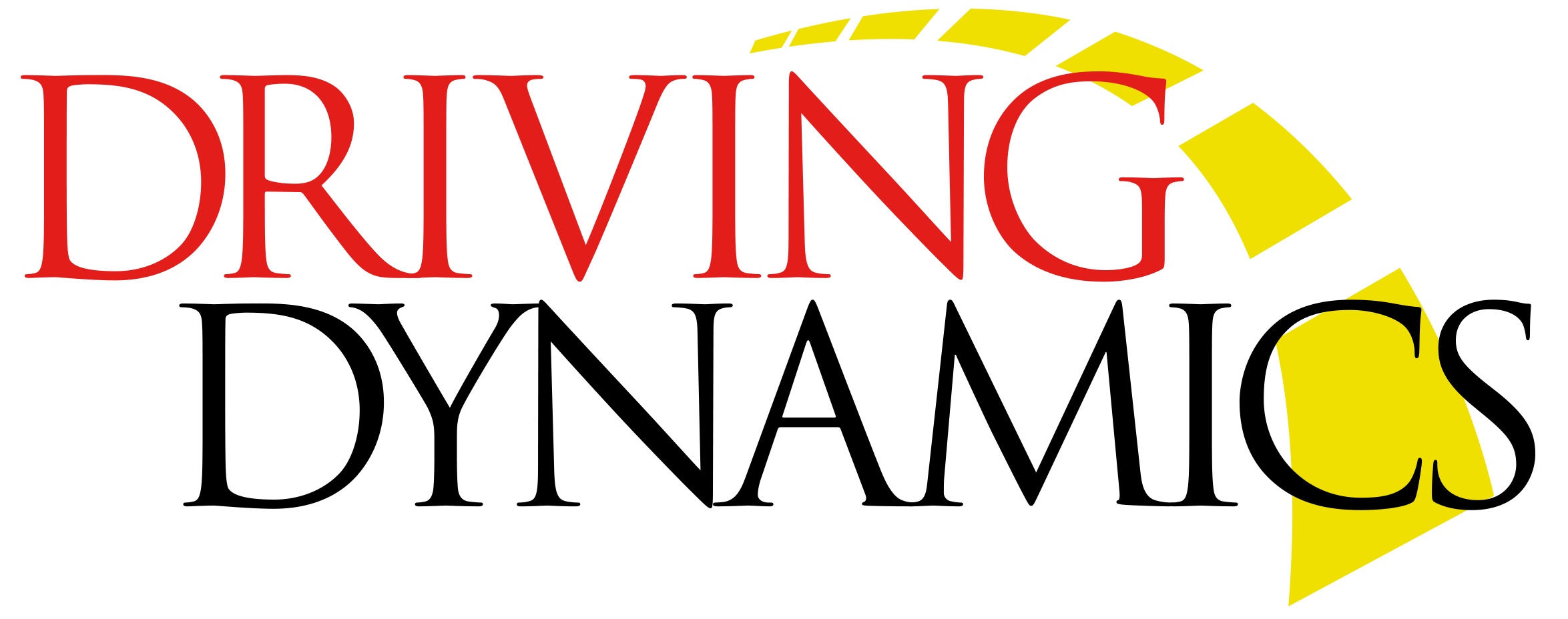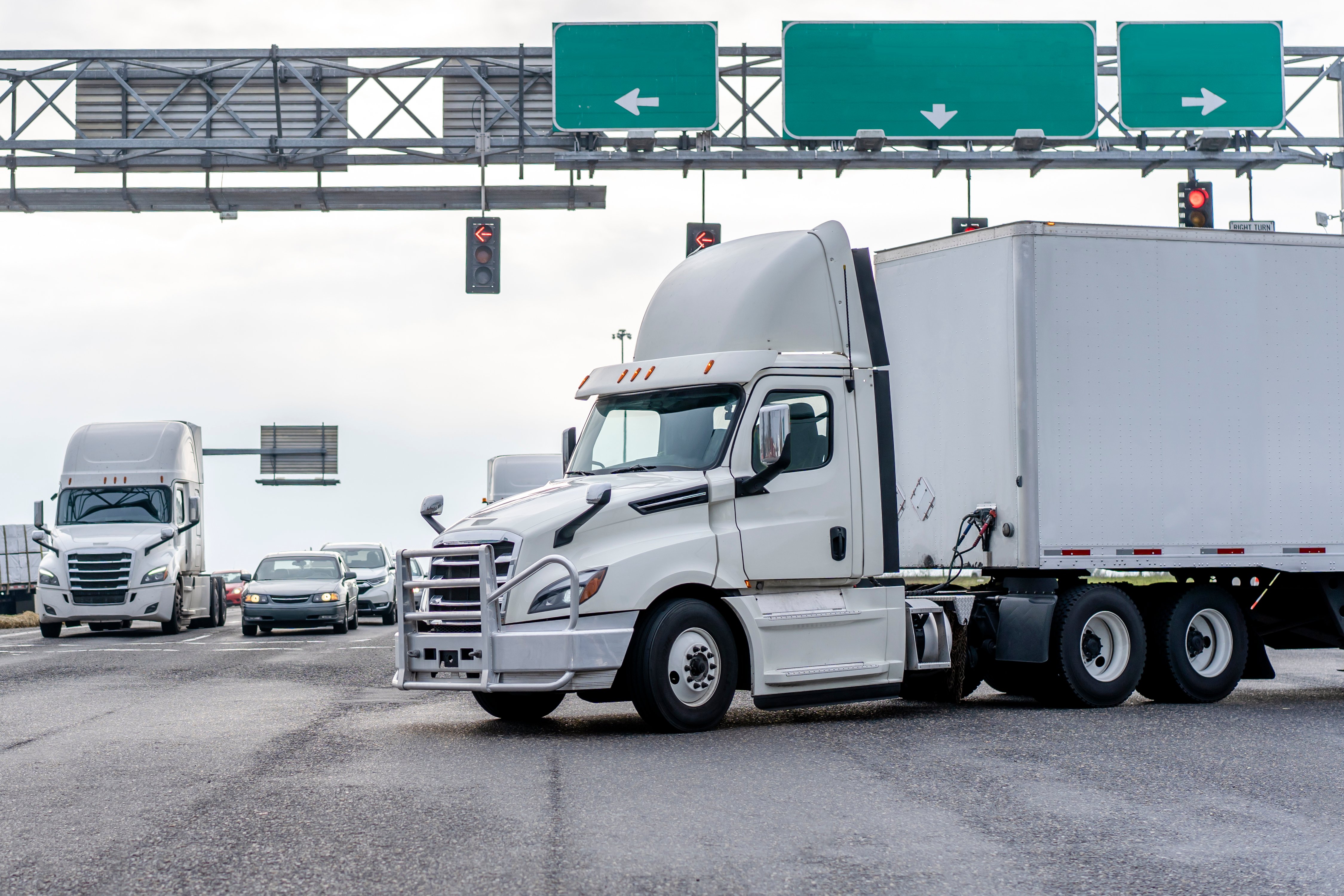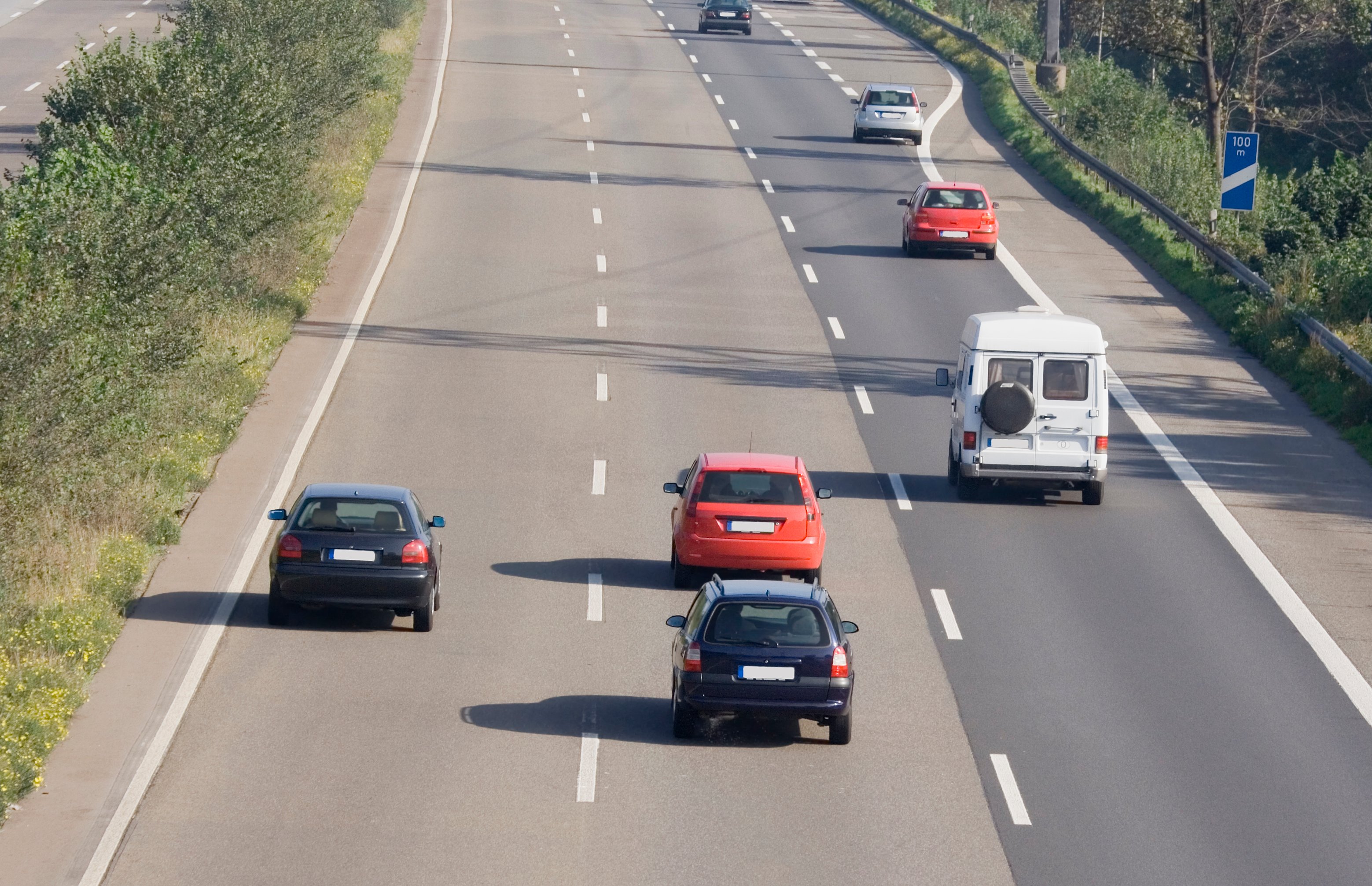The National Highway Traffic Safety Association (NHTSA) revealed that there was an increase of fatalities in truck-involved crashes from 2017 to 2018. (Overdrive, 2018). And, another report found that more than half of passenger vehicle drivers involved in these fatal truck crashes were cited for driver-related factors—fatigue, speeding and inattention. (Consumer Notice, 2018).
While truck drivers are highly skilled and licensed to operate larger trucks, there are limits to how well they can see and react to other smaller vehicles nearby. With more than two million tractor-trailers on the road (Popular Mechanics, 2018), drivers of light-duty vehicles must be aware of logistical challenges, such as braking distance, larger blind spots and turning space required, when controlling a large truck.
Give ‘Em Room: Maintain a Safety Cushion
Trucks require three times the distance to stop as the average passenger car which means truck drivers need to maintain ample space in front of their vehicle for safe braking.
It’s extremely dangerous to brake hard in front of a tractor-trailer or take up the extra safety cushion that the truck driver has allotted just to get ahead of traffic. When you see truck drivers putting distance between themselves and the other vehicle in front, there is a reason, let them have it.
If a truck is following you, they know to keep that safety cushion in front of their vehicle, but make sure you also maintain a strong safety zone of at least two seconds to be able to slow down gradually when required, giving the truck enough time to stop abruptly if needed.

Let ‘Em See You: Don’t Hang Out in the No-Zones
Truck drivers’ blind spots are known as no-zones. Due to a truck’s size and height, these drivers have very limited visibility around the vehicle and if passenger cars get caught in these specific trouble spots, they virtually disappear.
- Sides – Trucks have no-zones on both sides of the cab, so if you can’t see the driver’s face in his side mirror, keep moving or slow down so he is able to see you before potentially changing lanes.
- Rear – Because the trailer is attached to the cab, there is no way a driver can see what’s directly behind the truck. If you are behind a tractor trailer, leave at least 30 feet of space so the driver can still find your vehicle in his side-view mirrors.
- Front – The cab of the truck is long and much higher up than typical vehicles, so the no-zone area in front of the truck can extend up to 20 feet. If you merge out in front of a tractor trailer, make sure you are merging into their lane with ample space available.
According to the Federal Motor Carrier Safety Administration (FMCSA), more than 160,000 fatalities are blamed on accidents involving truck blind spots. If you are ever in any of these no-zones, safely reposition your vehicle to become visible.
Don’t Crowd ‘Em: Give Them Space and Time to Turn
Avoid squeezing alongside a tractor-trailer truck executing a right-hand turn. To position the truck so the entire length of the trailer can make the turn, the driver must pull forward and left, then swing the truck to the right and pull through the turn. Because of this, the truck may take up two lanes momentarily. Unaware and impatient drivers traveling down the right lane to pass can be crushed under the trailer in the process.
To avoid this type of collision, always be aware of nearby trucks positioning to turn. If you see a truck driver signal for a right-hand turn, gradually slow to allow the truck enough room and time to safely pull the truck through the turn.
Always remain vigilant behind the wheel, understand the unique challenges of operating these larger vehicles and give them the space and respect needed, so both passenger vehicles and big rigs can safely share the road.






